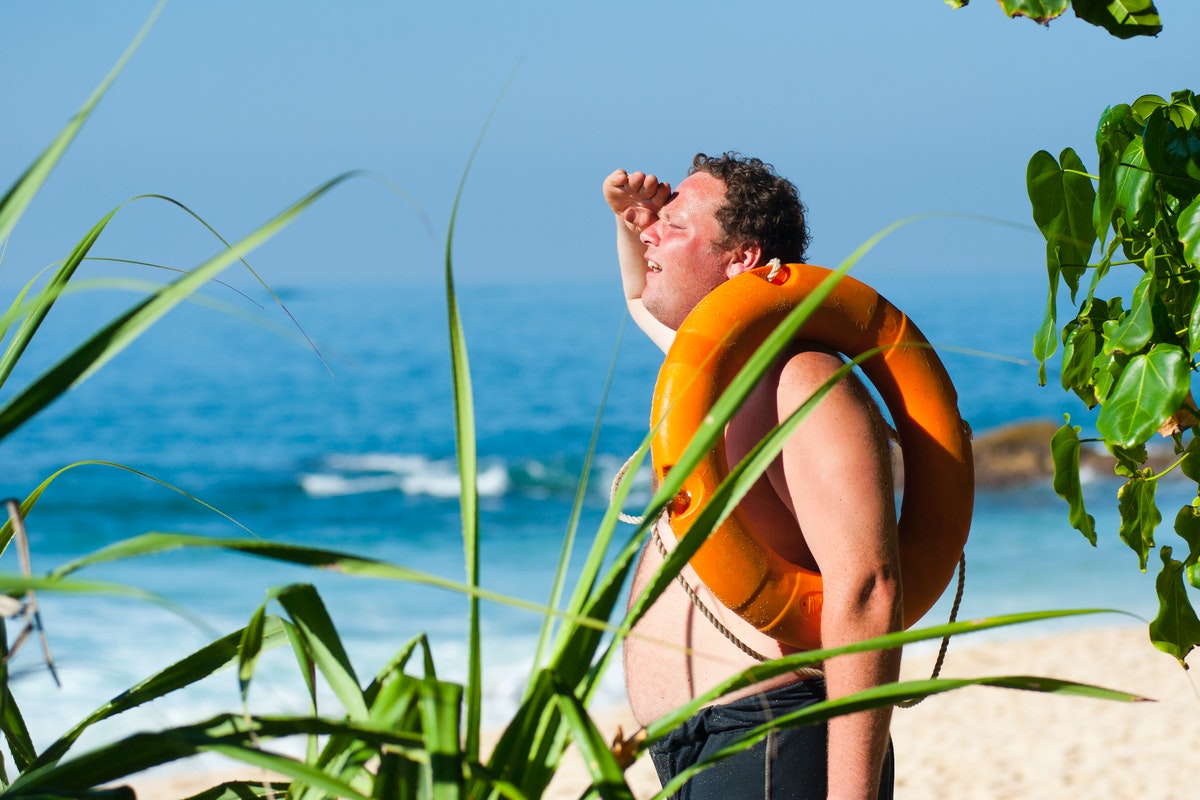Water is an appealing recreational destination for nearly everyone. People may be drawn to lakes, rivers, streams, or oceans because they provide a pleasant environment that’s accessible, affordable and maybe even ideal for meeting new people and making friends. However, water also has the potential to be hazardous for those who are not cautious.
There are numerous ways in which you may be exposed to water, possibly even unintentionally. Maybe you have a friend who enjoys swimming in his backyard pool or fishing at the local jetty. Regardless of how and where you encounter water, knowing how to rescue someone if they find themselves struggling in it could potentially save their life.
What is Water First Aid?
Water first aid is the practice of administering medical care to a drowning victim. It’s important to understand that water first aid and water rescue are separate matters.
First aid is designed to keep drowning victims alive and provide them with the medical attention they need. Conversely, water rescue removes the victim from the water and provides them with additional care.
Water first aid and water rescue differ from land first aid and rescue in that they are more specific to hazards in the water. Water first aid is a series of steps you take to save a drowning victim and start the process of getting them medical attention as soon as possible. Unlike other branches of first aid, it does not involve transporting a patient from one place to another.
It should be noted that all the information here is only a general guide to dealing with a situation that could involve drowning. If you want to learn the practical methods of performing first aid, learn from a qualified First Aid trainer or through programs, like first aid courses.
Assessing the Situation
If you see someone in the water who appears to be struggling, you first need to assess the situation. First, identify whether the person is conscious or unconscious. If they are unconscious, determine the type of breathing difficulty they are experiencing. If they are conscious but struggling, there may be an underlying medical condition that you will need to take into consideration.
Also, consider other individuals who may be in the water with the struggling person. If there are others present, you need to determine who is the best person to approach the victim and assess the situation. Considering all of these factors will allow you to safely and effectively rescue the victim.
Steps to Rescue a Drowning Victim
If you determine that a drowning victim requires first aid, several steps must be taken. These steps may vary slightly depending on the situation, but they all have the same goal.
First, remove the drowning victim from the water and get them medical attention as soon as possible. Second, get a rescue belt; If you are near water and need to rescue a drowning victim, have a rescue belt on you. With a rescue belt, you will be able to secure a drowning victim and get them out of the water much quicker. Finally, throw a rescue lariat or life ring.
If you’re not near the drowning victim and can’t get to them easily, throwing a rescue lariat or life ring enables someone else to get to them. These items are specifically designed for use in water rescue situations.
How to Help Someone Who’s Struggling in Shallow Water
If you notice that someone is struggling in shallow water, there are a few steps to take. If possible, assist them in getting their feet onto the ground. If the water is shallow enough and you’re close enough to the victim, place your hand on their upper back, face, or neck and push them to the surface.
However, you do not want to apply too much pressure; you only want to apply as much force as necessary to get them out of the water. If someone is struggling in shallow water, they could be suffering from a respiratory condition. If they are unable to speak, they may be unable to cough effectively and clear the water out of their lungs.
In that case, you will need to do the following: place one hand on their forehead and one hand on the back of their neck. In one quick motion, push down on their forehead and pull up on their neck. Repeat the process until the water comes out of their mouth.
How to Help Someone Who is Struggling in Deeper Water
If someone is struggling in deeper water, you need to approach the situation very differently than if it is shallow water. Since the water is deeper, you will not be able to simply walk up to the victim and help them out of the water.
Instead, you need to use a rescue throw bag. A rescue throw bag is a long bag that is weighted at the bottom. Throwing the bag toward the victim will float toward them and enable you to pull them toward the bag. Once the bag is secured around the victim, you can reel them back to shore, the boat or wherever dry surface is available. If a throw bag is unavailable, you can also throw a lariat or life ring.
However, a lariat will likely be less effective in deeper water. If someone has experienced any form of drowning, then you need to call emergency services and ensure they are looked at further. If you want to know what happens when they are getting checked after drowning, read a hospital’s guide on what to expect when you or someone else is being checked after a near-drowning experience.
Learn a Life Saving Skill

Water plays an important role in people’s lives and can be a source of enjoyment and relaxation. However, it can also be dangerous if proper precautions aren’t taken. You can protect yourself and your loved ones from water hazards in many ways, such as wearing appropriate clothing for the water activity and knowing how to rescue someone struggling in the water. You can enjoy the water without fear of injury or illness by learning these skills.




